Flotation is a mineral separation process, which takes place in a water-mineral slurry. The ore material usually be grinding to cut separation by ball mill before flotation separation and then put into flotaion machine by pumps . The surfaces of selected minerals are made hydrophobic (water-repellent) by conditioning with selective reagents. The hydrophobic particles become attached to air bubbles that are introduced into the pulp and are carried to a froth layer above the slurry thereby being separated from the hydrophilic (wetted) particles.
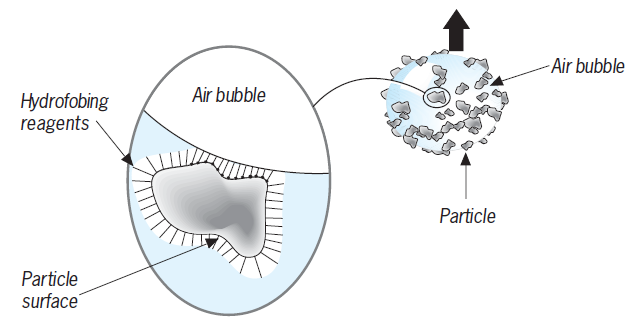
In addition to the reagents added, the flotation process depends on two main parameters.
Retention time needed for the separation process to occur determines the volume and number of flotation cells required.
Agitation and aeration needed for optimum flotation conditions, determine the type of flotation mechanism and the power input required.
Size of flotation machine – lengths of banks
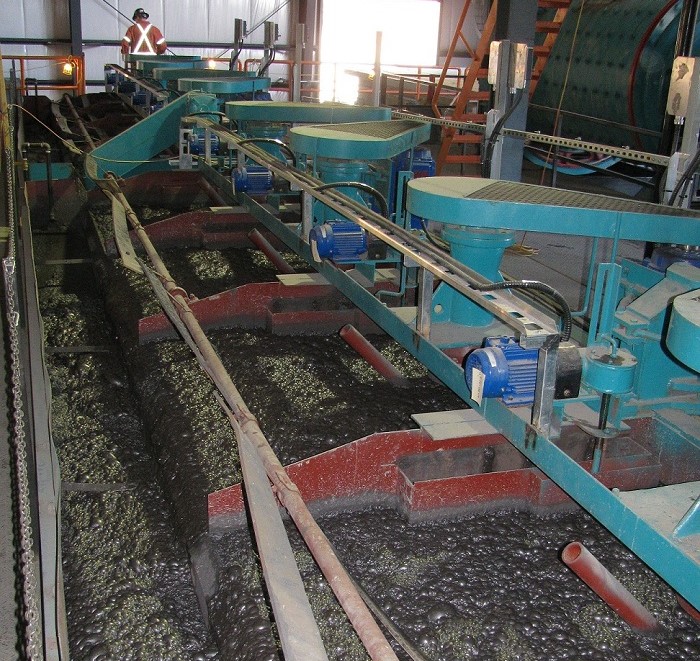
As flotation is based on retention time we have two alternative approaches:
Small cells and longer banks
Fewer large cells and shorter banks
The first alternative is a more conservative approach and is applicable to small and medium tonnage operations. Using more smaller cells in flotation means
Reduced short circuiting
Better metallurgical control
Higher recovery
The second alternative is becoming more accepted for high tonnage operations using large unit volume flotation machines. Modern flotation equipment gives opportunities to use larger cells and shorter circuits.
Effective flow pattern minimizes shortcircuiting
Improved on line analyzers will maintain good metallurgical control
Less mechanical maintenance
Less energy input per volume pulp
Lower total cost
Selection of cell size is made on the basis of the largest individual cell volume that will give the required total flotation volume with an acceptable number of cells per bank. Typical figures for different minerals are given by Sinonine.
Flotation Circuit Layout
Flotation circuit designs vary in complexity depending primarily on the type of mineral, degree of liberation of valuble minerals, grade (purity) of the product and the value of the product.
Simple circuit (e.g. coal)
Single stage flotation, with no cleaning of the froth.
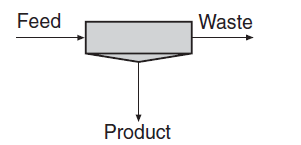
Commonly used circuit (e.g. lead)
Single stage rougher, two stages of cleaning, no regrind.
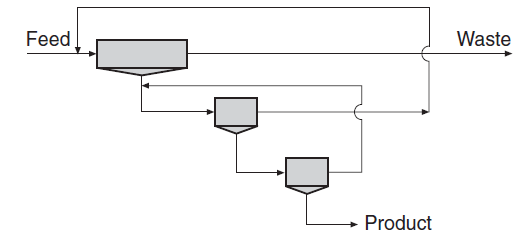
Complex circuit (e.g. copper)
Two stages roughing, one stage scavenging, three stages cleaning, cleaner scavenger, regrind.
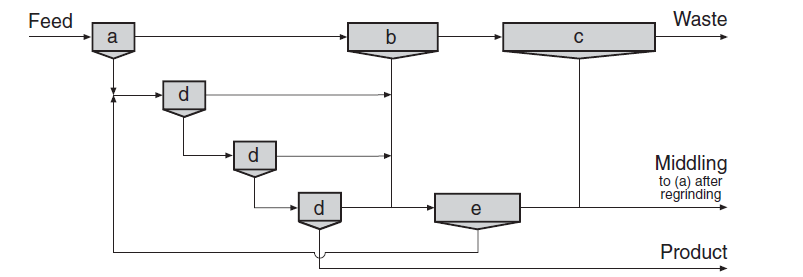
Typically the first rougher stage would comprise 10-40 % of the total rougher volume and will produce a good grade concentrate with but only medium recovery.The second rougher stage comprises 60-90 % of the total rougher volume and is designed to maximise recovery.
The scavenger cells would have a cell volume equal to the total rougher stage and are included when particularly valuable minerals are being treated or a very high recovery is needed. Cleaner cells are used to maximise the grade of the final concentrate. Typical cleaner retention time is 65-75% of that for rougher flotation and will be at a lower percent solids. Less cells per bank than for rougher duties can be used.
More information, please talk with Sinonine Team.